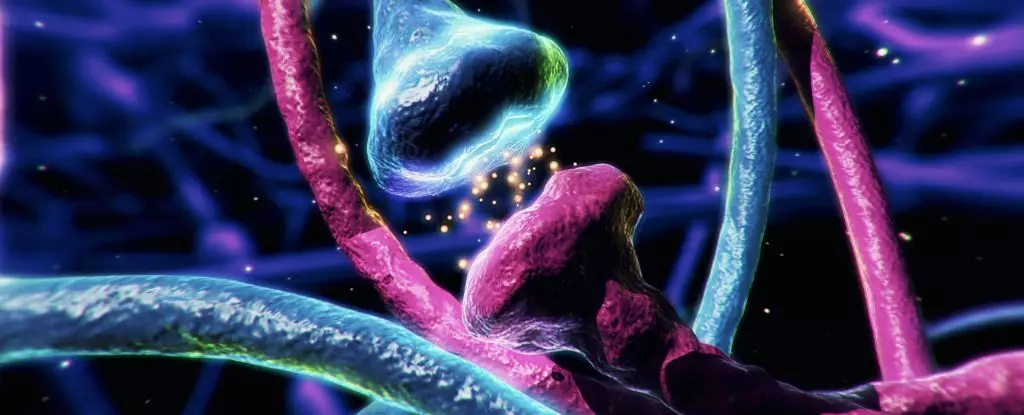For decades, neuroscience has painted dopamine as a broad, slow-moving messenger, akin to a distant radio broadcast that influences large swaths of the brain uniformly. This conventional model has shaped much of our understanding of how the brain orchestrates movement, mood, and motivation. However, emerging research is compelling us to reconsider this simplistic view, revealing a far more intricate and dynamic role for dopamine. Instead of a single, broad signal, dopamine may also serve as a precise, localized whisper—an idea that fundamentally reshapes our understanding of neural communication.
This nuanced perspective suggests that dopamine doesn’t merely flood the brain in a slow cascade but also engages in rapid, targeted signaling within milliseconds. The implications are profound. If dopamine operates on both a broad and intimate scale, then our interpretations of brain function and dysfunction may have been grossly oversimplified. The complexity hints that many neurological and psychiatric disorders—ranging from Parkinson’s disease to addiction—could stem from disruptions in this delicate balance between diffuse and focused signaling. Recognizing this layered communication within the dopamine system underscores how much is still hidden beneath the surface of brain science.
Implications for Brain Function and Disease
The latest findings, notably from the experiments conducted on live mice, give us concrete hints about how dopamine’s dual signaling modes might function. When localized dopamine signals activate nearby neurons rapidly and specifically, it suggests a level of neural finesse previously unacknowledged. This fine-tuned signaling could serve as a fundamental mechanism for the brain’s remarkable flexibility and specificity. For instance, during quick decision-making or motor actions, the brain might rely on these rapid, localized signals to execute precise responses. Conversely, the broader, slower dopamine releases could underpin more sustained emotional states or motivational drives.
Understanding this balance is critical because many neurodegenerative and psychiatric disorders involve impairments in dopamine signaling. In Parkinson’s disease, degeneration of dopamine neurons in the striatum hampers motor control, but if we only see it through the lens of dopamine depletion, we’re missing a more intricate picture. Perhaps the problem is not just the quantity of dopamine but also its ability to switch between rapid, localized signals and slow, diffuse broadcasts. This insight can inspire a paradigm shift in treatment strategies—moving beyond dopamine replacement to therapies that restore or emulate the nuanced signaling patterns.
A Call for a New Framework in Neuroscience
The revelation that dopamine’s influence is far more complex than once believed highlights a broader issue within neuroscience: our tendency to oversimplify. For years, models relied heavily on the idea of broad diffusion as the primary means of communication, but such models fail to capture the subtleties of neural dialogue. These recent studies serve as an urgent reminder that our understanding remains superficial, and that the brain likely employs a sophisticated language of chemical signals, much like a nuanced conversation rather than a monolithic broadcast.
This shift towards acknowledging localized signaling emphasizes the importance of developing advanced imaging and analytical tools. Only with such technological progress can we decipher the more delicate whispers of dopamine and the conditions that impair them. Moreover, this understanding raises ethical and practical questions about how we approach the treatment of dopamine-related disorders. Therapeutic interventions must evolve from blunt dopamine supplementation to more precise modulations that respect the system’s inherent complexity.
By forcing us to confront the oversimplifications inherent in previous models, these findings push neuroscience into a new era. An era where understanding the subtleties of neural communication isn’t just academic but could translate into transformative treatments. Recognizing dopamine’s dual signaling modes opens the door to a future where neurotherapies are tailored with the precision and subtlety that the brain itself employs in its most intricate functions.


Leave a Reply